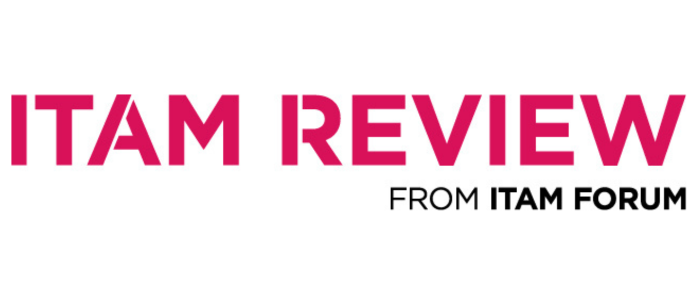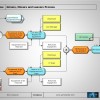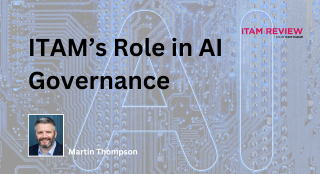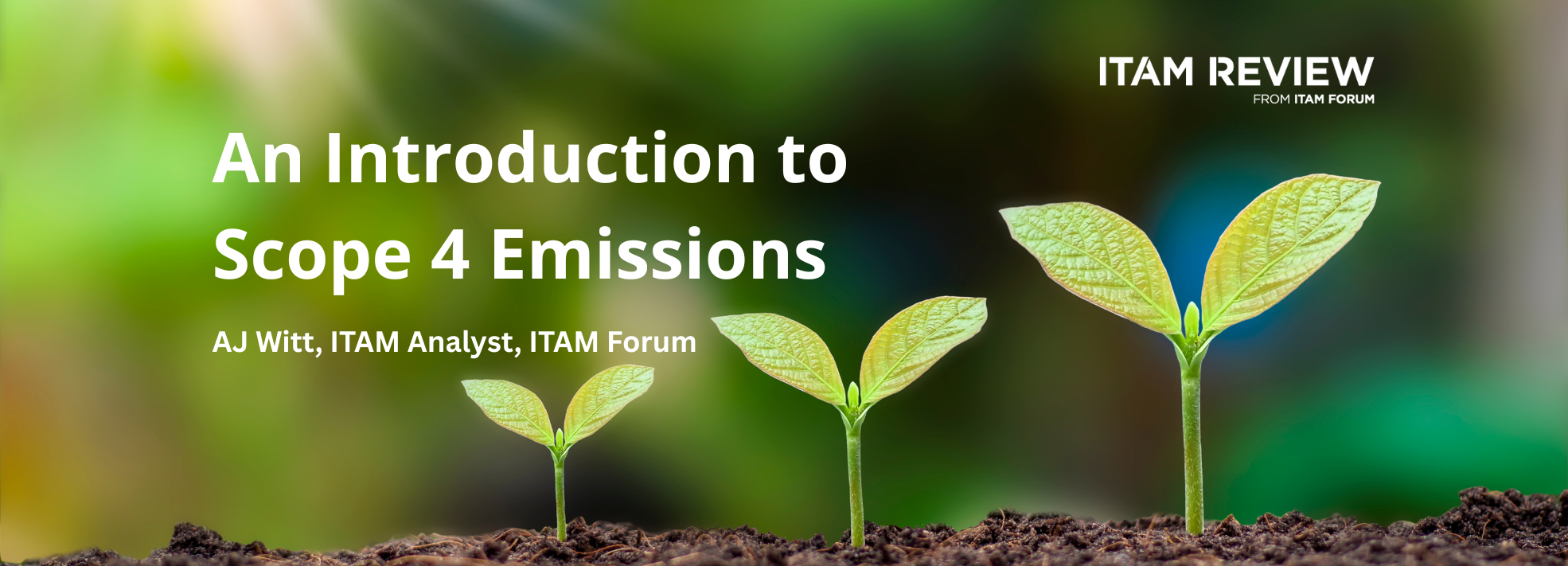Process of the Month – Joiners, Movers and Leavers Process

CMDB is a golden source
(On 6 June 2025, this article was reviewed for accuracy and updating.)
Sometimes, within Software Asset Management, we become so focused on producing an audit and reconciliation report that we miss the bigger picture in taking state data and converting it into a tangible business decision. One such area often overlooked is that of IT asset status and ownership. This Joiners, Movers, and Leavers Process demonstrates control of IT assets. It also aids with information security, and financial due-diligence.
Something unique to this process is that it could (in theory) take years to complete – whereas most processes demonstrate effectiveness of operation by the speed with which they work – but this is no fault of the process (or the draftee!). If your staff are happy, and happy with the equipment provided, they could occupy positions for years at a time.
There’s an argument for storing this information in a CMDB, and it could be a valid alternative if HR has access to it. In the example below, a CMDB is not in place. HR must therefore store this information. You may wish to modify this template so that the CMDB does store state employment data and have that data replicated to a HR database.
Joiners, Movers and Leavers Process
Primary Objective
- To update ownership status of IT assets at the key points of a staff member’s employee lifecycle
Secondary Objectives
- To interface with a Loss/Theft Process for IT assets
- To make staff members accountable for IT assets issued to them
- To recover IT assets at the end of an employee’s time at a company
Assumptions
- The HR system is capable of storing basic IT asset information
- The HR system is preferred to be used over a CMDB for this particular activity
- Line Managers take responsibility for updating the HR database of the required
- Screenshot A
- Screenshot B
- Screenshot C
Function Step Overview
| 1.10 | When new employee joins a company, the line manager will assess their IT asset requirements. The line manager will update the employee’s HR record to show they have received the new equipment. Any new equipment required can be referred to the “Hardware Procurement Process” at this point. |
| 1.20 | The period of time between 1.10 and 1.20 could be years; equally, prior to this, an IT asset could have been lost or stolen or ceased to work. A break-out is offered above the 1.20 function step to accommodate either eventuality.
At 1.20 an employee is either changing jobs or cost center or department. So, there is a requirement to validate the IT equipment recorded against their name. If/when that employee leaves, this will be the state data a Line Manager will fall back on when it comes to retrieving IT equipment. A physical check of such IT assets may reveal that an IT asset is actually lost. It could also be that your business does not operate via cost center or departmental boundaries when it comes to managing IT; however, such a periodic check might be factored in to a Line Manager’s diary to annually review issued assets from a security point of view. |
| 1.30 | At 1.30 the new Line Manager will authenticate the information gleaned from function step 1.20 and update the HR system accordingly. Equally, if new equipment is purchased for the employee, this too can act as an instigator to update their HR record. |
| 1.40 | At 1.40, we see an employee is leaving the company, and so, has to return the equipment originally issued to them. The line manager will consult with the HR system to compare what should be returned versus what the employee brings back. Any discrepancies can be reported to HR via the Lost/Theft of Equipment Process. Recovery or write off action should be governed by the company policy pertaining to Loss/Theft of Equipment but should always be treated on a case by case basis. |
| 1.50 | Once the equipment is returned to the Line Manager, it may be advantageous for the Line Manager to retain that IT equipment for an impending new joiner. The Line Manager will need to relay this fact to HR at 1.70 |
| 1.60 | A more likely scenario is that the equipment will be returned to IT for data recovery/reimaging in time for the next user to draw down the equipment. |
| 1.70 | At 1.70, the HR department is required to update the departing employees HR record to annotate equipment no longer held by them. As mentioned, if any equipment is reported as lost/stolen, HR has a decision to make – deductions from a final salary, or to write off the cost of lost equipment. Criminal proceedings might also be considered. |
Increasingly, technology has a role to play in managing IT assets. For example, auto-wiping devices can make them unusable. Knowing where IT assets are is undoubtedly valuable information. Knowing who is accountable for them (in an ever-increasing mobile world) is just as important.
Other Process of the Month Articles:
- Software Re-harvesting Process
- Software Change Mangement Process
- Corporate Governance Process
- Maintain a Supported Software Catalogue
- Software Rationalisation Process
Upcoming Process of the Month Articles:
- Scope Verification Process
- Named User Verification Process
- Platform Identity Process
- Software Request Process
- Software Removal Process
- Process Review Process
The process kit by Rory Canavan is available from SAMcharter.com
Can’t find what you’re looking for?
More from ITAM News & Analysis
-
Addressing the SaaS Data Gap in FinOps FOCUS 2.1
I recently reported on the FinOps Foundation’s inclusion of SaaS and Datacenter in its expanded Cloud+ scope. At that time, I highlighted concerns about getting the myriad SaaS companies to supply FOCUS-compliant billing data. A couple ... -
The Future of ITAM
As an ITAM Industry Analyst, I’m often asked what ITAM’s future looks like. This can be a tough question to answer because when it comes to the future, there are endless possibilities. Often, it seems, some ... -
The Allure of the Cloud: What are We Chasing?
When I ask ITAM professionals about their transition to the cloud, the responses are often similar. “It wasn’t my decision.” It’s striking how many people feel this way—decisions about moving from on-premises solutions to the cloud ...
Podcast
ITAM training
Similar Posts
-
The M&S Cyberattack: How IT Asset Management Can Make or Break Your Recovery
Marks & Spencer (M&S), the iconic UK retailer, recently became the latest high-profile victim of a devastating cyberattack. Fellow retailers The Co-Op and Harrods were also attacked. Recent reports suggest the rapid action at the Co-Op ... -
AI in ITAM: Insightful Signals from the Front Line
During our Wisdom Unplugged USA event in New York in March 2025, we engaged ITAM professionals with three targeted polling questions to uncover their current thinking on Artificial Intelligence—what concerns them, where they see opportunity, and ... -
How ISO/IEC 19770-1 Can Help Meet FFIEC Requirements
In the world of ITAM, the regulatory spotlight continues to intensify, especially for financial institutions facing increasing scrutiny from regulatory bodies due to the growing importance of IT in operational resilience, service delivery, and risk management. ... -
An Introduction to Scope 4 Emissions
Executive Summary For ITAM teams, sustainability is a core responsibility and opportunity. Managing hardware, software, and cloud resources now comes with the ability to track, reduce, and report carbon emissions. Understanding emission scopes—from direct operational emissions ...







